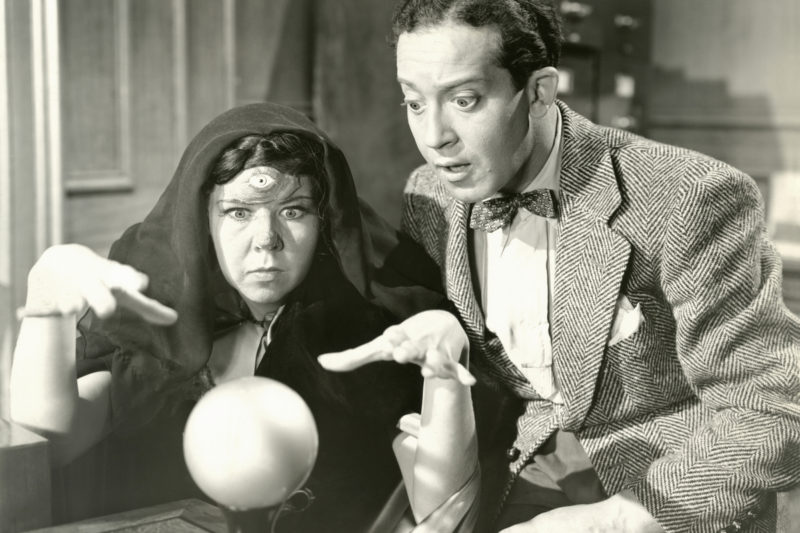Risk, Uncertainty, and the Probability of Recession

Smart market watchers, like the AIER and freelance journalist (and my coauthor on The WSJ Guide to the 50 Economic Indicators That Really Matter) Simon Constable, continuously scan leading economic indicators for signs of weakness on the horizon.
Several, including the Treasury yield curve and the Cass Freight index, are currently blinking red, while others, like sales of existing homes, show improvement or are holding steady. While it is not unusual for forward-looking indicators to provide contrary views of future economic conditions, what is unusual today is the certainty of uncertainty, and it is all due to the politicization of a big hunk of America’s economic pie.
In the nation’s early years, governments at all levels diverted maybe 5 percent of output. The federal government was of such little consequence that even when British troops burned Washington and sent the Madison administration scrambling in 1814, the economic effect proved minimal. (Banks outside New England suspended specie payments, but they were going to do so anyway and were thankful for the excuse.)
Ever since, as Bob Higgs showed, every major war and crisis has helped to ratchet up the size of governments’ economic imprint. Today, U.S. governments at all levels divert between 35 and 50 percent of output, depending on one’s preferred denominator (total GDP, total private GDP, national income, or personal income).
While the American economy would likely be larger if the economic imprint of its governments was smaller, businesses traditionally were able to adjust to bigger government because its impact was predictable. Last year’s budget would grow a bit, most policy changes would be incremental or marginal, and big policy switches were infrequent and limited to specific sectors. The major exception was the New Deal, and economic historians like Jason Taylor have shown conclusively that the era’s policy innovations dampened and even reversed recovery by inducing a “capital strike” — that is, shrinking business investment.
Now, I’m not predicting another Depression, but I am concerned that making economic prognostications is today more difficult than even a decade ago because the scope of potential policy-related economic disruptions has waxed ever larger. Hyper-partisan politics and Big Government represent a potentially devastating combination.
If Trump wins re-election in 2020, trade wars and policy switching will likely continue as Trump tries to get “something for nothing,” as Bruce Yandle recently made clear. That will help some businesses and hurt others, but what corporation or small business wants to risk building new factories or infrastructure now in anticipation of the next five years? Can anyone, even perhaps Trump himself, know what actions POTUS might take in the future? We are not dealing with Cool Cal Coolidge here.
If Trump loses, taxes will likely increase, or Americans will face dangerous experiments with MMT. Depending on the composition of Congress, major policy changes affecting large numbers of people might occur, with only a slight majority in SCOTUS predisposed to hold the line, much like during the New Deal. And we know how that almost turned out.
In the past, presidential elections usually pitted Frick vs. Frack, or John Jackson vs. Jack Johnson. For most businesses, it didn’t really matter who won, and if it did, they could compute the probabilities and make their business decisions accordingly.
Today, businesses face an uncertain set of policies with major economic consequences under the Donald and a potpourri of clear, ambitious policies from a large stable of Democratic candidates with uncertain prospects of being nominated.
And, of course, the difficulty of assigning objective probabilities to the outcome of the presidential election is compounded by the state of the economy in the months leading up to November 2020. Good times tend to favor incumbents, but bad ones, like in 1932 and 2008, can lead to a large reversal for the party in power.
When businesses face uncertainty they tend to play it safe and hold back from making any big moves that entail risk but might reinvigorate the economy. The same can be said for consumers. Maybe Trump is prepared to back off on his trade wars, build his wall, deregulate health care, and implement other stimulative policies if leading indicators continue to slip, but how he can credibly commit to any particular policy path at this point is an open question. For some months to come, then, the only certainty will remain uncertainty.





